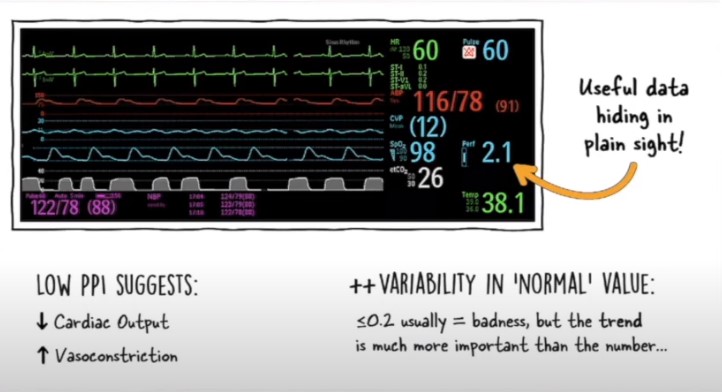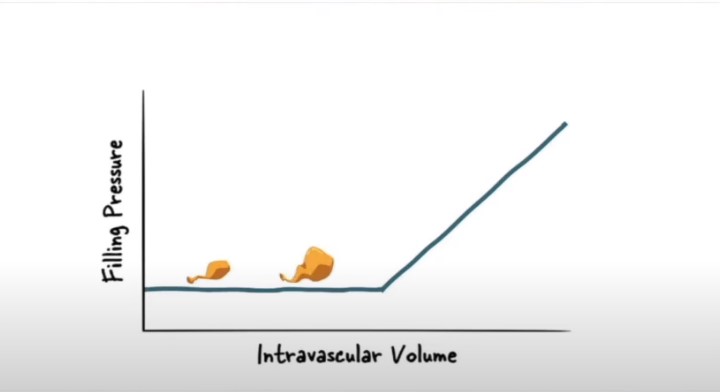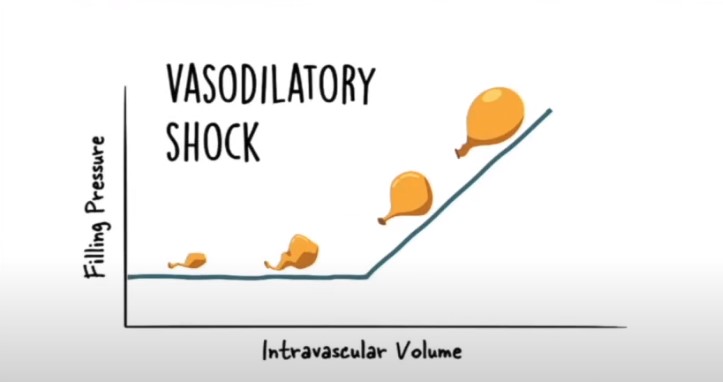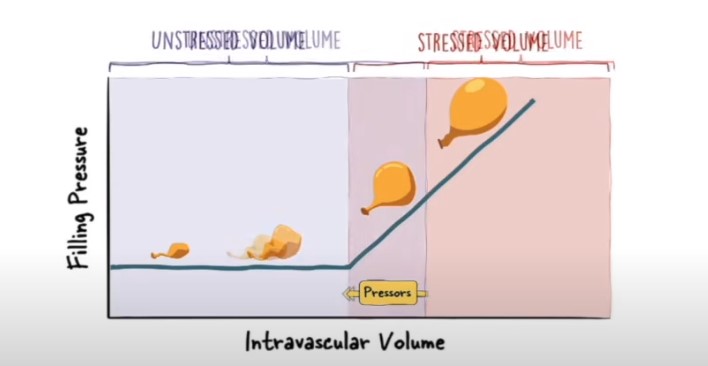In addition to today’s resource, see “Peripheral Norepinephrine” By Dr. Salim Rezale
Posted on February 15, 2024 by Tom Wade MD
Today, I review, link to and embed CriticalCareNow‘s Do You Know How to Pick a Vasopressor for Patients in Shock?.
All that follows is from the above resource.
Here is the outstanding chart that Dr. Crager gives us:
Oct 23, 2023 ResusX:PodcastIn this fantastic lecture from ResusX, Dr. Sara Crager emphasizes the importance of a thoughtful and organized approach to selecting vasoactive medications for critical care and emergency medicine. She argues that simply memorizing tables and relying solely on evidence-based medicine doesn’t provide the best solutions for complex patients in shock. Instead, she encourages healthcare providers to address why to start pressors by focusing on tissue hypoperfusion rather than just blood pressure, decide when to initiate pressors, and carefully consider which pressor to use based on the patient’s shock physiology and potential side effects. Dr. Crager’s approach takes into account the importance of addressing the right problem, balancing inotropy and vasoconstriction, and being mindful of arrhythmogenicity and pulmonary vascular resistance. This video provides valuable insights for healthcare professionals navigating the complex decisions surrounding vasoactive medications in critical care situations.
00:03 Introduction to Pressors
00:55 The Limitations of Evidence-Based Medicine
01:54 Understanding the Complexity of Patients and Providers
03:10 The Evolution of Pressors in Cardiogenic Shock
04:33 The Importance of Thinking in Pressor Selection
04:57 Developing an Organized Problem-Solving Approach
05:21 Understanding Hypotension and Hypoperfusion
6:19
7:00
7:20
8:08
Clinical Applications of Perfusion Index from Masimo 2007
Summary
To make informed patient management decisions, physicians often need to be aware of changes
in peripheral perfusion and circulatory status. This is especially true in patients who are in critical condition, or who are anesthetized, undergoing surgery, or in labor. The perfusion index (PI) is the ratio of the pulsatile blood flow to the nonpulsatile or static blood in peripheral tissue. Perfusion Index thus represents a noninvasive measure of peripheral perfusion that can be continuously and noninvasively obtained from a pulse oximeter.08:21 Deciding When to Start Pressors
8:29
9:51
10:14
10:33
11:17
11:49
12:40 Choosing the Right Pressor
12:43
12:46 Pressors 101 and 201
12:52
15:13
16:31
17:26 Organized Problem-Solving Approach to Vasoactive Selection
18:48
19:35 Conclusion
20:13





















